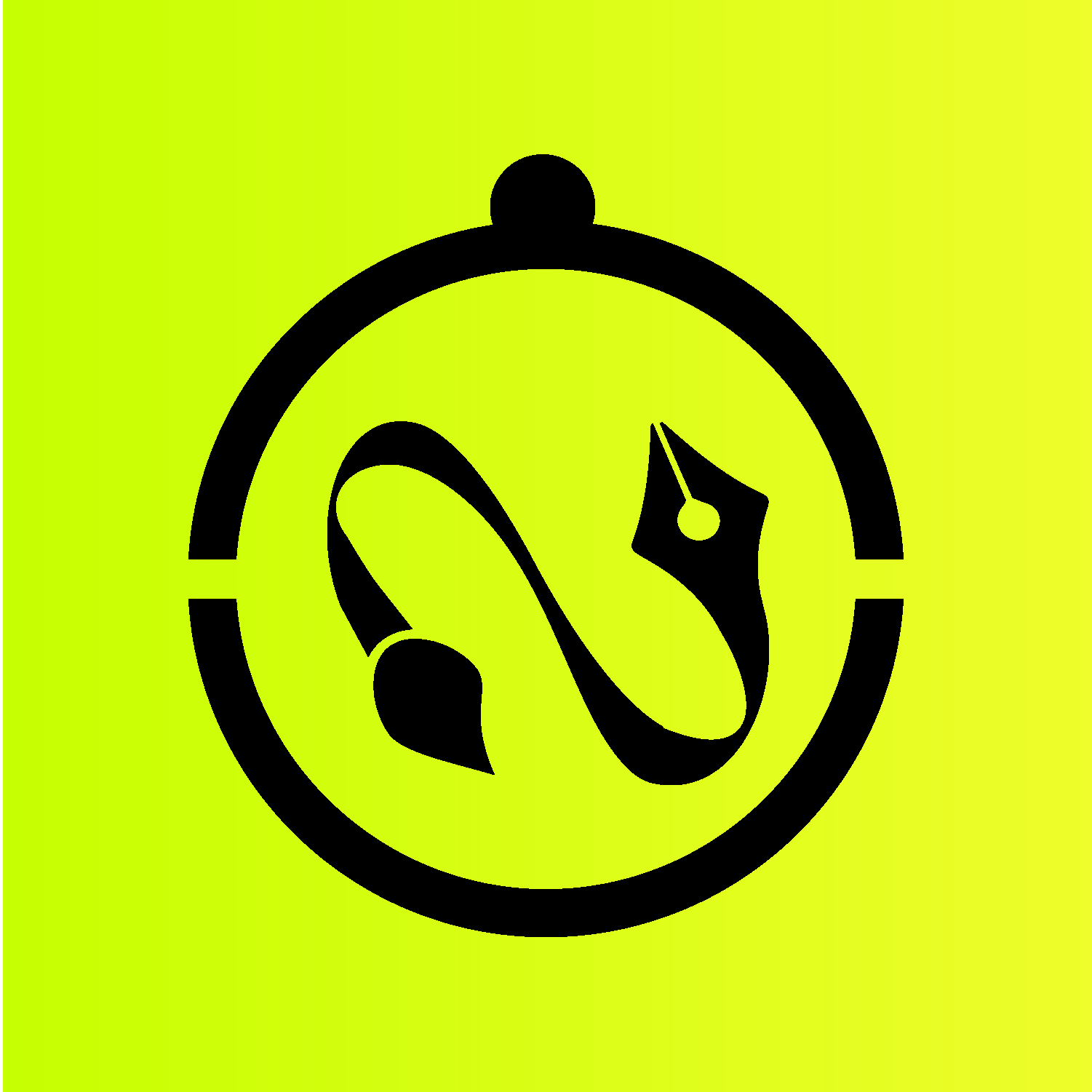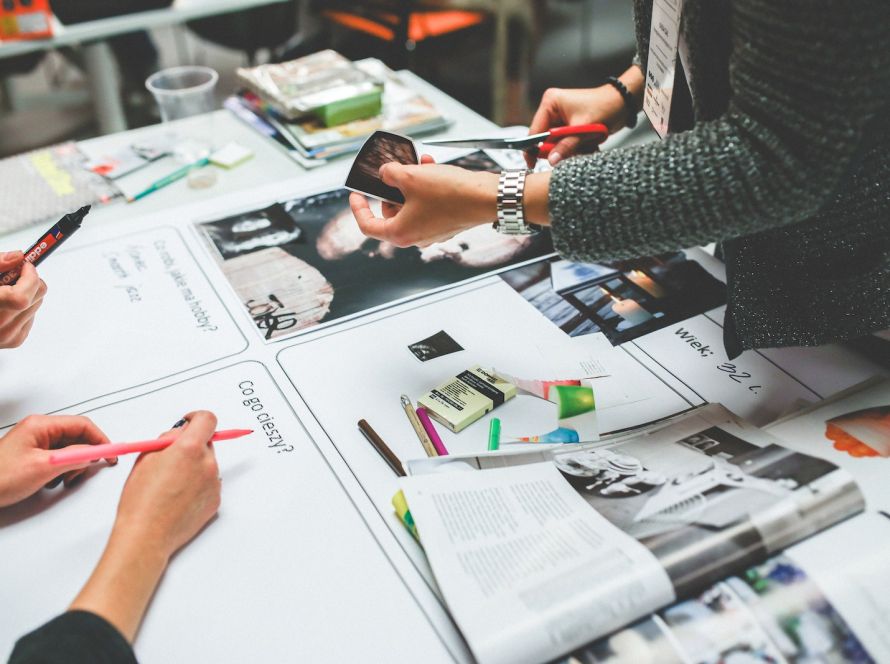In today’s technology-driven landscape, there’s been a rising concern among creatives about the role of Artificial Intelligence (AI) in design. Will it replace the human touch? Does it threaten the very essence of creativity? The reality, however, is quite the contrary. Rather than overshadowing human creativity, AI serves as a tool that augments and enhances a designer’s capabilities. Let’s dive into how this synergistic relationship unfolds.
1. The Intuition of a Designer
The essence of creativity lies in intuition, emotions, and experiences—traits intrinsically human. While AI can mimic patterns, it can’t replicate the gut feeling or the emotional context a designer brings to a project.
2. Data-Driven Insights
One of AI’s strengths is analyzing vast datasets quickly. By providing insights about user behavior and preferences, it equips designers with information to make informed design choices, harmonizing intuition with data.
3. Repetitive Task Automation
Tasks such as resizing images for various platforms or color corrections can be time-consuming. AI can handle these with ease, freeing up the designer’s time for more intricate creative endeavors.
4. Inspiration at Your Fingertips
AI-powered tools can scan millions of design references in seconds, offering suggestions and inspiration tailored to a designer’s need, serving as a creative springboard.
5. Personalization at Scale
With AI’s ability to segment and analyze user data, designers can create adaptive designs that cater to individual user preferences, enhancing user experience without exhaustive manual input.
6. Iterative Prototyping
Through machine learning, AI can rapidly create multiple design prototypes based on initial inputs. This allows designers to visualize and refine ideas more effectively, converging towards the ideal solution faster.
7. Enhanced User Experience Testing
AI-driven analytics tools provide real-time feedback on design performance. This enables designers to make adjustments in alignment with user engagement, ensuring designs are both aesthetically pleasing and functional.
8. Bridging the Skill Gap
For novice designers, AI tools serve as a learning curve accelerator. With real-time suggestions and corrections, they can produce professional-level designs while honing their skills.
9. Expanding Creative Horizons
With AI introducing designers to styles and techniques they might not have encountered, it pushes the boundaries of what’s possible, driving innovation and fresh perspectives.
10. Collaboration with Machines
In the end, it’s not about AI vs. Designers but rather AI and Designers. Embracing this collaborative mindset ensures that the best of both worlds are harnessed, leading to unparalleled creative outcomes.
In conclusion, the role of AI in the design realm is not that of a replacement but of a facilitator. By offering tools and insights, it empowers designers to transcend limitations, ensuring that their creative genius shines brighter than ever before.



